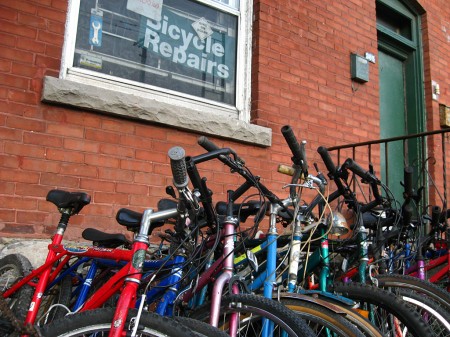
Compared with his 2004 performance, Barack Obama’s speech at the Democratic National Convention the day before last seemed a bit lackluster. That being said, it was a more specific about the priorities of a potential Obama administration. Energy issues were touched upon a few times – the environment hardly at all – but that is probably not surprising, given that winning the election is the over-riding priority for him now, and talk of effective climate change policies is (sadly) likely to lose more votes than it wins. The speech only mentions climate change once, as one of the “threats of the 21st century” along with “terrorism and nuclear proliferation, poverty and genocide, climate change and disease.” The lack of elaboration demonstrated both the degree to which this speech was aimed at a domestic audience primarily concerned with the state of the US economy and the desire to avoid the mention of polarizing specifics when enumerating challenges – a tactic that was also used in relation to a number of domestic social issues.
One line struck me as ambiguous and potentially problematic:
[F]or the sake of our economy, our security, and the future of our planet, I will set a clear goal as president: In 10 years, we will finally end our dependence on oil from the Middle East.
If this just means shifting American imports from Middle Eastern states to those elsewhere in the world, this won’t be much of a solution for either climate change or energy security. Let’s say the US buys all of its oil from outside the Middle East. Even so, the world price of oil will largely be set by developments there: particularly expectations about output in volatile areas, as well as confidence in the ability of Saudi Arabia to moderate oil price shocks through reserve capacity. Since the price of Alaskan or Albertan oil moves along with developments in Kuwait and Iran as much as oil
anywhere else, the source of the imports isn’t hugely important when it comes to price or security of supply. If the non-Middle Eastern producers selling to the US can get a better price in Europe or Japan, the oil will follow the money.
A more ambitious and effective plan would focus on ending dependence on oil altogether, regardless of source. That can begin in areas where oil can be easily replaced at present – such as powering urban vehicles – and can progressively move into areas where fewer alternatives now exist. The pledge in the speech to devote $150 billion to developing alternative energy sources hints at an appreciation of the importance of a renewable energy economy. Achieving that requires altering the mechanisms through which energy is generated, transmitted, and used – not just changing the flags on incoming supertankers.




